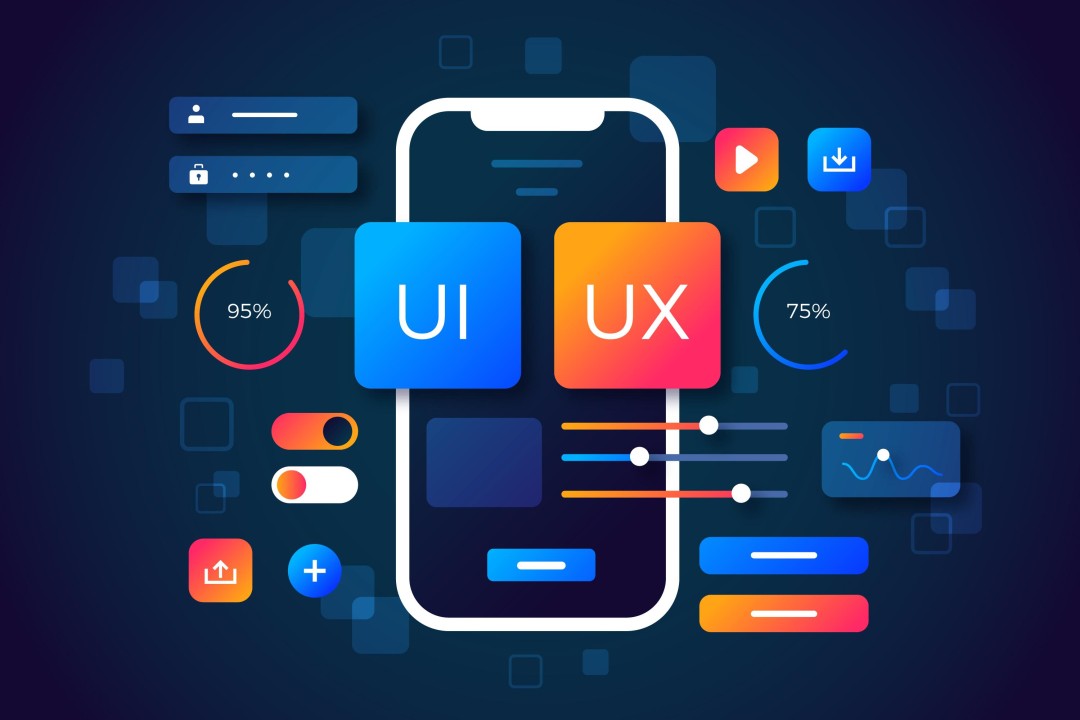In today’s digital age, where people access the internet through various devices like smartphones, tablets, laptops, and desktops, ensuring your website or application looks and functions seamlessly across all screen sizes is crucial. This is where responsive design comes into play. In this article, we’ll delve into the principles of responsive design and how it ensures a user-friendly experience across different devices.
Understanding Responsive Design
Responsive design is a web development approach that aims to design and develop websites and applications that respond to the user’s behavior and environment based on screen size, platform, and orientation. The goal is to create a flexible and fluid layout that adapts to different screen sizes without compromising on usability or visual appeal.
Principles of Responsive Design
- Fluid Grids: Instead of fixed-width layouts, responsive design uses fluid grids that allow content to dynamically adjust to the available screen space. This ensures that elements on the page resize proportionally, providing a consistent experience across devices.
- Flexible Images: Images play a crucial role in web design, and in responsive design, they need to adapt to different screen sizes. Using CSS properties like
max-width: 100%;ensures that images scale down proportionally to fit smaller screens without losing quality or breaking the layout. - Media Queries: Media queries are CSS rules that allow developers to apply different styles based on the characteristics of the device, such as screen width, height, or orientation. By using media queries, designers can tailor the layout, font sizes, and other design elements to provide an optimal viewing experience on each device.
Ensuring UI/UX Consistency
Incorporating responsive design principles not only makes your website or application visually appealing on different devices but also enhances the user experience (UX). Consistency is key to a positive user experience, and responsive design ensures that users can seamlessly interact with your content regardless of the device they’re using.
Importance of UI/UX Courses in Udaipur
For aspiring designers and developers in Udaipur, enrolling in UI/UX courses can provide invaluable knowledge and skills in responsive design. These courses cover the fundamentals of user interface (UI) and user experience (UX) design, including principles of responsive design, usability testing, and best practices for creating intuitive interfaces. In addition to UI/UX courses, VFX training in Udaipur offers opportunities for creative individuals interested in visual effects and animation. While not directly related to responsive design, VFX training can broaden your skill set and enhance your understanding of digital media, which can be beneficial in designing engaging and interactive user interfaces.
Conclusion
Responsive design is essential in today’s multi-device world to ensure a consistent and user-friendly experience across different screen sizes and platforms. By understanding the principles of responsive design and enrolling in UI/UX courses in Udaipur, aspiring designers and developers can hone their skills and create compelling user interfaces that adapt seamlessly to various devices. Additionally, VFX training in Udaipur opens doors to creativity and innovation, complementing skills in web design and development.

